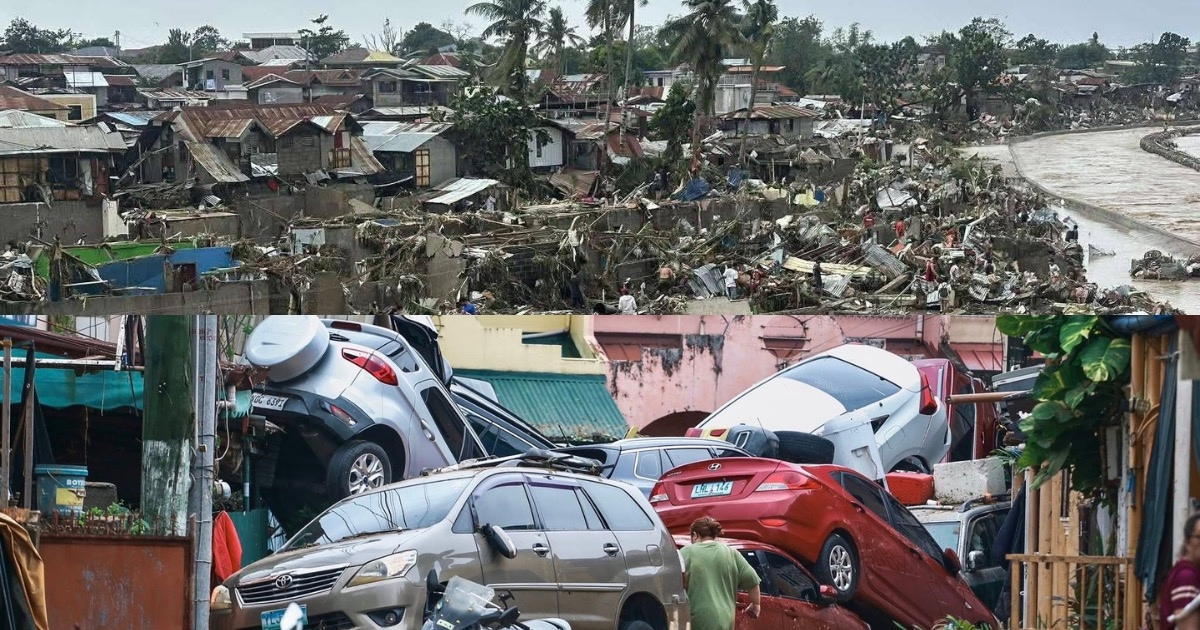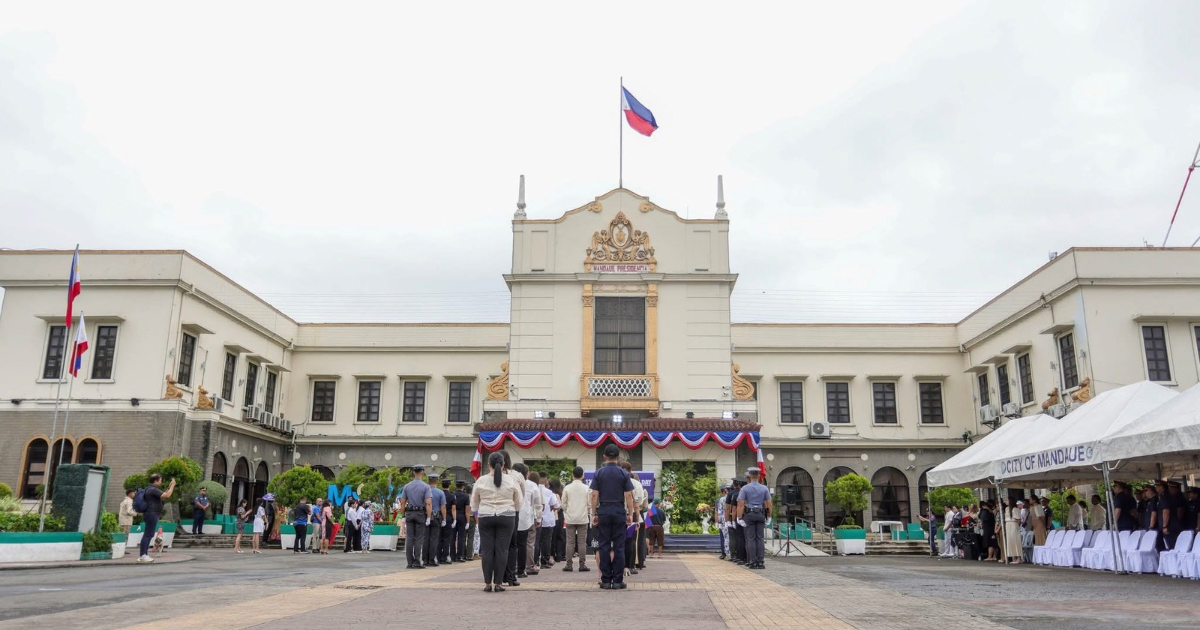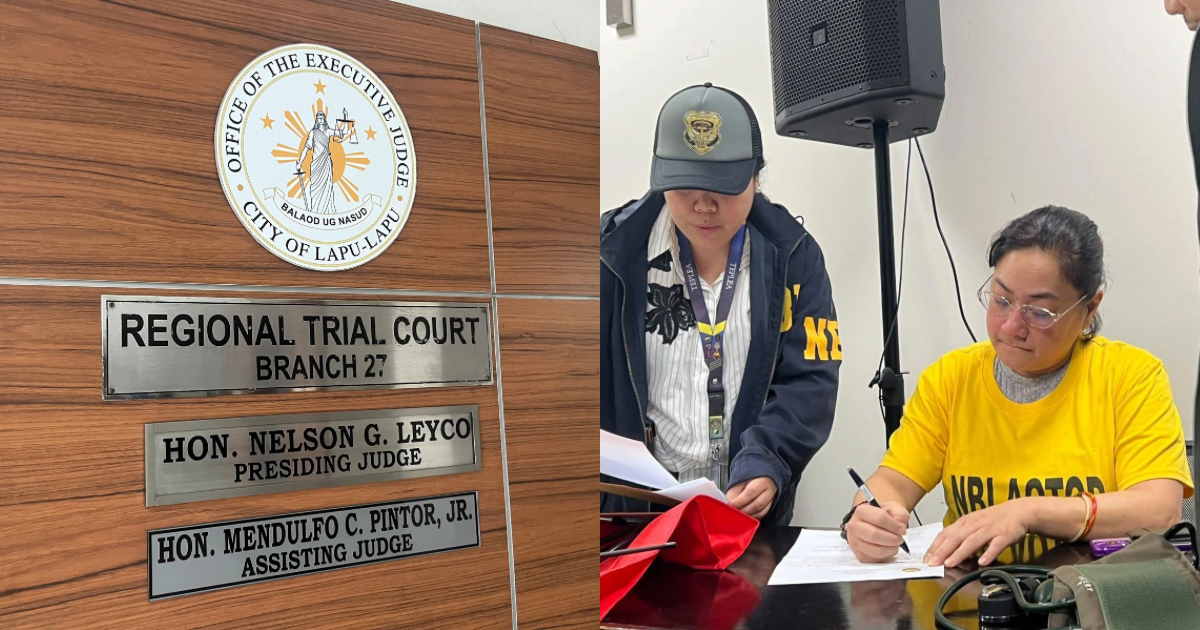The entire province of Cebu has been placed under a State of Calamity following the devastating impact of Typhoon Tino (international name: Kalmaegi), which labeled what authorities are describing as the worst flooding in the island’s recent history. The torrential downpour, which dumped more than a month’s worth of rain in a 24-hour period, has resulted in a staggering loss of life and massive destruction across the province and its highly urbanized cities.
As of the latest official tallies, at least 48 people have been confirmed dead, with search and retrieval operations continuing for 29 individuals still reported missing. The casualties were largely caused by drowning or being swept away by the sudden, raging flash floods, which overwhelmed major river systems and low-lying communities.
The Deadly Toll and Unprecedented Floodwaters
Typhoon Tino barreled through the Visayas, hitting Cebu on Tuesday morning, November 4, 2025. The core impact came not from the winds, but from the unprecedented volume of rainfall that quickly turned urban streets into dangerous rivers.
- Fatalities by Area: The confirmed death toll of 48 includes casualties from both Cebu Province and Cebu City.Reports indicate significant losses in Compostela (15), Mandaue City (9), Danao City (8), Talisay City (7), and Cebu City (9).
- Missing Persons: The grim figure of 29 missing individuals is heavily concentrated in areas like Barangay Bacayan, Cebu City, where at least 16 people were reportedly swept away by floodwaters from the overflowing Butuanon River. Eyewitness accounts and viral videos show vehicles being dragged away and floodwaters reaching the second floors of homes in various residential areas.
- Mass Evacuations: Thousands of families, over 33,000 families across the province, were forced to evacuate, taking shelter in hundreds of designated evacuation centers.
The Unmasking of Development Challenges
The severity of the disaster has sparked immediate questions regarding urban planning and the effectiveness of existing infrastructure. Provincial Governor Pamela Baricuatro expressed shock over the extent of the flooding, noting that it has surpassed previous disasters.
Local officials and environmental experts are pointing to a new and worrying pattern: the creation of “new flood zones” in previously safe areas. Rapid urbanization, the construction of subdivisions, and the depletion of natural forest cover in mountain barangays have been cited as key factors that severely disrupted the natural drainage system. The absence of natural barriers meant that the torrential rain could not be absorbed, instead rushing down the mountainsides into the urban centers with devastating force.
A Call for Action and Resiliency
The declaration of a State of Calamity is a crucial administrative step that allows local government units to quickly access their Quick Response Funds (QRF) for accelerated rescue, relief, and rehabilitation efforts. It also enables the implementation of a price freeze on basic necessities to prevent profiteering during the emergency period.
Rescue teams and responders from various government agencies, including the Department of Social Welfare and Development (DSWD) and the Cebu City Police Office (CCPO), are working non-stop to clear debris, restore power lines, and distribute aid. The challenge is immense, with many areas still isolated due to blocked roads and downed communication lines.
Cebuanos now face the monumental task of recovering from this disaster, which comes just a month after the island was still reeling from a 6.9-magnitude earthquake. The twin calamities underscore the urgent need for a more resilient and sustainable approach to development that respects environmental safeguards. The community is urged to cooperate with authorities, stay safe, and rely only on verified information as the long road to recovery begins.











